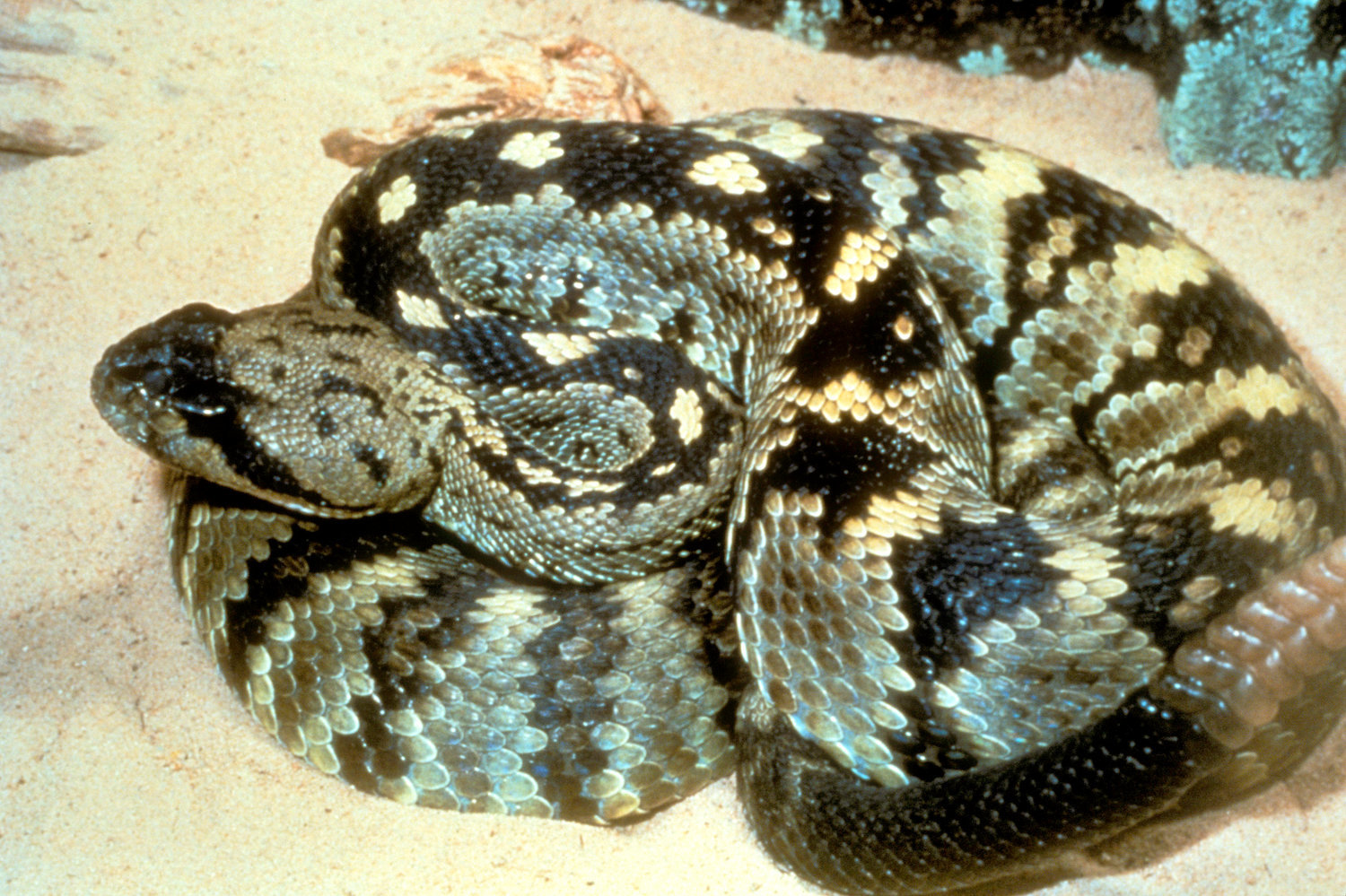Weird wildlife abounds
Since one-third of the name of this column is Wildlife, it’s my duty from time to report on unusual critter cavortings.
This item is available in full to subscribers.
Attention subscribers
To continue reading, you will need to either log in to your subscriber account, or purchase a new subscription.
If you are a current print subscriber, you can set up a free website account and connect your subscription to it by clicking here.
If you are a digital subscriber with an active, online-only subscription then you already have an account here. Just reset your password if you've not yet logged in to your account on this new site.
Otherwise, click here to view your options for subscribing.
Please log in to continue |
Weird wildlife abounds
Since one-third of the name of this column is Wildlife, it’s my duty from time to report on unusual critter cavortings.
This spring has had some strange ones to be sure.
Let’s start with flamingoes. Yes, that’s right, we have a flamingo or two in Texas. They’re usually pink. A Texas-dwelling bird often mistaken for a flamingo is the roseate spoonbill. So, when I first read about the flamingo, I thought, “Oh, sure. Somebody saw a roseate spoonbill and thought it was a flamingo.” Thirty-six years ago, my now wife was new to Texas and with me near Rockport. She yelled, “There’s a pink flamingo!”
Nope. It was a spoonbill. She knew we had strange stuff here, like nine-banded armadillos, so she got a pass on that. She’s now an excellent birder and pretty good at identifying all critters.
But a couple of flamingoes escaped from a refuge in Kansas and one eventually made its way to the bird-friendly Texas coast. Whether it’ll stay or not is yet undetermined. But it was white!
And then there are all the snakes at Enchanted Rock. Lots of ’em. But don’t worry; just don’t try to pet them. They’ve congregated around a water crossing. Most of them – like the distribution of all snakes in the outdoors – are not poisonous. There’s possibly a rattlesnake or two and a couple of copperheads, and if there’s water, there’s bound to be a cottonmouth water moccasin nearby. Just watch your step. All snakes bite. That’s what they do. Just be careful and they’ll avoid you.
The four venomous snakes in Texas are cottonmouths, copperheads, rattlesnakes and coral snakes. You’ll probably never see a coral snake since they are rare and reclusive. They have red, yellow and black bands laterally around their bodies. If the red and yellow are touching, they pack deadly poison.
But a blacktail rattlesnake recently found in Jonestown may a bigger concern. This is the first one seen in Central Texas since the ’50s. They are more common in the Big Bend. Jerry Cooke, former manager of the Black Gap Wildlife Management Area in the Big Bend, told me recently they are one of the easier snakes to avoid since they start rattling at a safe distance away, and the rest is up to you.
Again, don’t pet them. They’ll bite the vinegar out of ya, while leaving you a present at the bite wound. As in all snake bites, keep calm (right!) and get to medical help quickly. Be sure and take a picture of the snake for identification if you can’t bring the snake, itself.
Finally, the coast around Corpus is awash in young green sea turtles. It seems high tides washed hundreds of them up around the dunes on Padre Island. Workers netted the little guys up and took them to the State Aquarium in Corpus. They were plumb tuckered out from trying to swim in the strong currents but were safely enjoying the calmer aquarium habitat.






